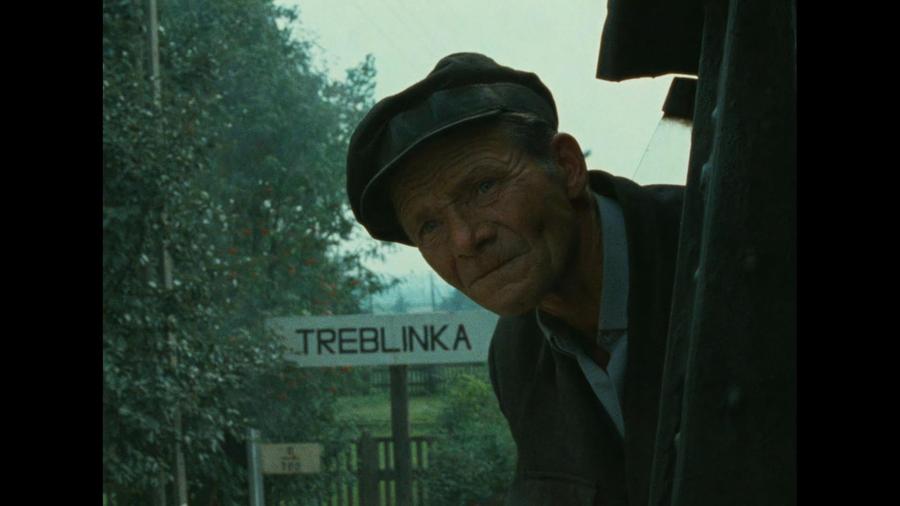
As Shoah, Claude Lanzmann’s monumental nine-and-a-half-hour documentary on the Holocaust, marks its 40th anniversary this year, it continues to evoke deep emotional responses. Lanzmann, a French filmmaker, embarked on a relentless quest to document the horrors of the Holocaust, creating a film that many viewers struggle to engage with fully due to its profound and unsettling nature.
Confronting the Unimaginable
In his memoir, The Patagonian Hare, Lanzmann recounts an encounter with Jean-Marie Lustiger, a Jew who converted to Catholicism and served as Cardinal Archbishop of Paris. During a dinner invitation, Lanzmann observed the archbishop’s drawing room filled with copies of Shoah. Despite this, Lustiger, visibly agitated, confessed he could only manage to watch a minute of the film each day. “Please forgive me,” he said, revealing the difficulty many face when confronting the stark realities presented in Lanzmann’s work.
Lanzmann’s exploration of the Holocaust is not just a recounting of events; it is a deeply personal reflection on absence and memory. Born in France during the Nazi occupation, he experienced firsthand the impact of the Holocaust, witnessing the disappearance of Jewish families in his community. His father’s teachings instilled in him a sense of urgency about survival, leading to his lifelong commitment to uncovering and documenting the stories of those who suffered.
The Burden of Memory
Through his extensive interviews and research, Lanzmann sought to capture the silent testimonies of the victims. He famously stated, “For twelve years I tried to stare relentlessly into the black sun of the Shoah.” His mission was to recover the narratives lost to death, a task that consumed him as he strived to deliver a film that would illuminate the horrors of the past.
Initially hesitant to visit Poland, Lanzmann eventually discovered what he described as “revenants,” individuals whose stories shed light on the Holocaust’s enormity. Among them were Abraham Bomba, who cut hair in the gas chambers of Treblinka, and Filip Müller, a Sonderkommando who survived Auschwitz. Each encounter deepened his understanding of the tragedy and reinforced his commitment to bringing their voices to light.
The film’s structure is deliberate, allowing for a lengthy exploration of silence, which Lanzmann saw as integral to the experience. He noted, “The subject of the film would be death itself, rather than survival,” acknowledging that the dead could not speak. This silence becomes a powerful component of Shoah, compelling viewers to confront their own interpretations of loss and absence.
In his pursuit of truth, Lanzmann also sought to confront perpetrators. In one memorable scene, he questions a former SS officer, Josef Oberhauser, now a bartender in Munich. This encounter, filled with tension and dark humor, illustrates the complex relationships between memory, guilt, and accountability that Lanzmann navigates throughout the film.
Ultimately, Shoah serves not only as a documentary but as a profound meditation on the Holocaust, challenging viewers to engage with its themes of memory, silence, and the lingering shadows of history. As we reflect on its impact, Lanzmann’s work remains a vital testament to the necessity of remembering and understanding the past.






